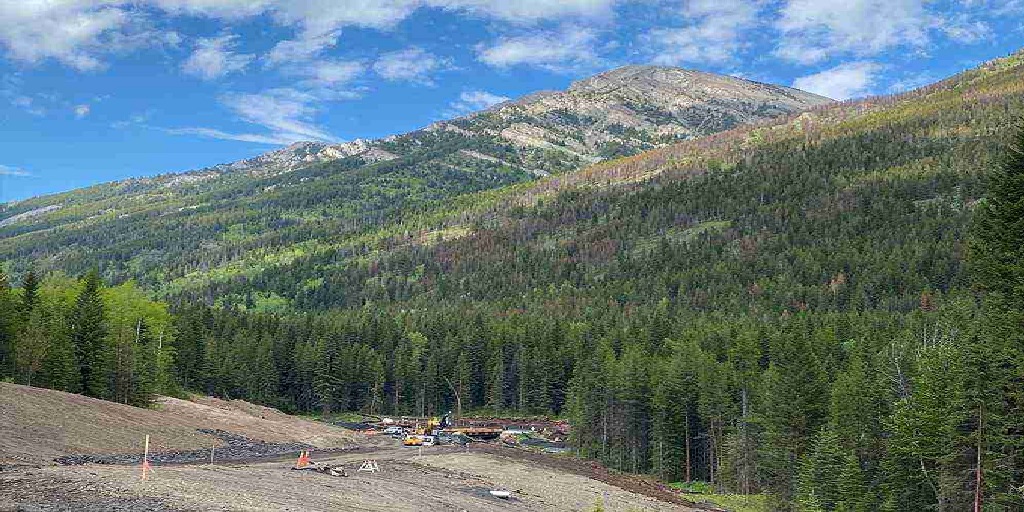When purchasing property, whether residential or commercial, understanding the legal boundaries and features of the land is critical. One of the most important documents in this process is the Real Property Report (RPR). However, for many buyers, reading and interpreting an RPR can feel confusing and overwhelming.
This is where expert land surveying services come into play. With their specialized knowledge, they prepare accurate, detailed reports that help property buyers, sellers, and developers avoid costly mistakes. In this article, we’ll walk you through how to read a Real Property Report like a pro and identify red flags before you finalize your purchase.
Why You Need Expert Land Surveying Services
While you can review an RPR yourself, expert surveyors bring technical skills and local knowledge that are invaluable in identifying potential problems. They ensure the report is up to date, accurately reflects the property, and meets municipal standards.
Without expert input, buyers risk overlooking issues such as illegal additions, boundary encroachments, or unclear easements that could lead to expensive legal disputes or costly modifications after purchase.
How to Read a Real Property Report Like a Pro
Here are key elements to focus on when reviewing an RPR:
1. Verify the Property Boundaries
The most important feature of any RPR is the clearly defined property boundaries. Look at the surveyor’s measurements and boundary lines on the report and compare them to your purchase agreement or deed description.
If the boundaries seem vague or inconsistent, it’s a red flag. Properties with unclear boundaries can lead to disputes or surprise costs.
2. Check the Location of Structures
The report will show all buildings, fences, decks, pools, and other structures on the property. Confirm that these structures are within the property lines and comply with local setback requirements.
Structures that cross property lines or violate zoning setbacks may require removal or costly permits. Watch for anything that seems too close to the boundary line.
3. Look for Easements and Right-of-Ways
Easements are legal rights allowing others to use a portion of your land for specific purposes, like utility lines or access roads. These should be clearly marked on the RPR.
Easements can affect how you use the land and may restrict future development. Ensure you understand any easements shown and consult a professional if you have questions.
4. Review the Surveyor’s Certification
An expert surveyor’s signature and certification validate the accuracy of the RPR. Make sure the surveyor is licensed and experienced in your region to guarantee the report meets local municipal standards.
5. Identify Any Anomalies or Missing Information
Sometimes, reports may omit important details or show irregularities, like unexplained gaps or overlaps with neighbouring properties. Such anomalies need further investigation before proceeding.
Red Flags That Warrant Professional Help
- If the report shows buildings, fences, or other features extending beyond your property line, this could cause neighbour disputes.
- Unpermitted additions. Structures built without permits might not comply with local bylaws and can be costly to fix.
- Boundary discrepancies. Differences between the RPR and legal descriptions in your documents require clarification by a surveyor.
- Outdated reports. Using an old or outdated RPR is risky, especially if the property has changed. Always request the most recent report.
Before signing on the dotted line, make sure you review your Real Property Report thoroughly—and consider consulting an expert survey company to protect your investment and peace of mind.
For more information about Land Survey Companies Saskatchewan and Survey Real Property Reports Regina Please visit: CORE Geomatics.
